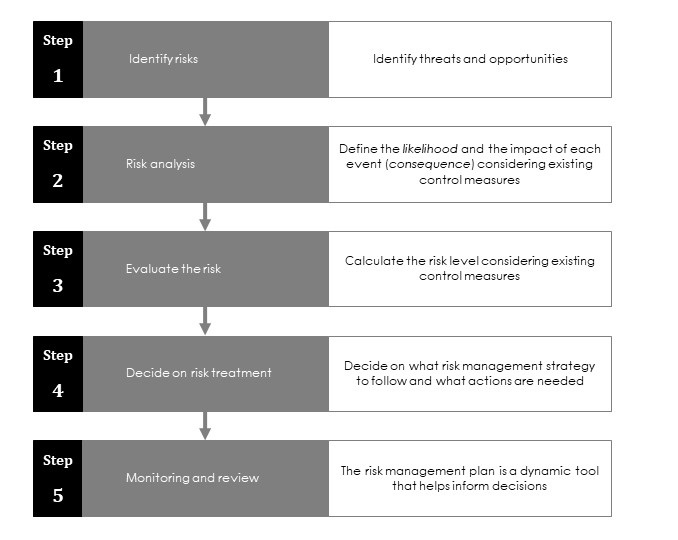Risk Based Decision Making

Mission success is achieved by making good decisions based on a foundation of sound policies and procedures that address a project’s management and execution. Key drivers in achieving this are identifying priorities, obtaining resources, delivering the program and managing finances.
For a more structured approach to decision making, organizations should look to the risk-based decision-making process. It allows organizations to optimize their programs, project prioritization and resource allocation practices.
The basic steps of the decision-making process are:
- Define the decisions: Describe the decisions that must be made. Major categories include accepting or rejecting a proposed facility or operation, determining who and what to inspect, and determining how to best improve a facility or operation.
- Determine who must be involved in decisions: Identify and solicit involvement from key stakeholders who should be involved in making a decision or will be affected by actions resulting from the decision-making process.
- Identify options that are available to decision makers: This will help focus efforts on issues that are likely to influence the choice among credible alternatives. Stakeholders must identify these relevant decision factors.
- Gather information about the factors that influence stakeholders: Perform specific analyses, such as risk assessments to measure against the decision factors.
Different types of risks are important factors in many types of decisions. Simply stated, a risk assessment is the process of understanding what bad things can happen, how likely they are to happen and how severe their effects may be.
The basic steps of a risk assessment process are:

Process Engineering is able to support your business effectively by:
- Reviewing Risk Management procedures and analyzing the needs of your organization to monitor and control its processes.
- Analyzing the Context of the organization and interested parties needs and expectations.
- Conducting Risk Assessment studies.
- Supporting the organization to enhance “Risk Based Approach Culture”.
For more information, please contact the technical department of Process Engineering.
SEARCH
Clients
find us
- 64, Apostolopoulou Str. 152 31 Halandri, Athens, Greece
- +30 210 6724258, +30 210 6724229
- Email PROCESS




